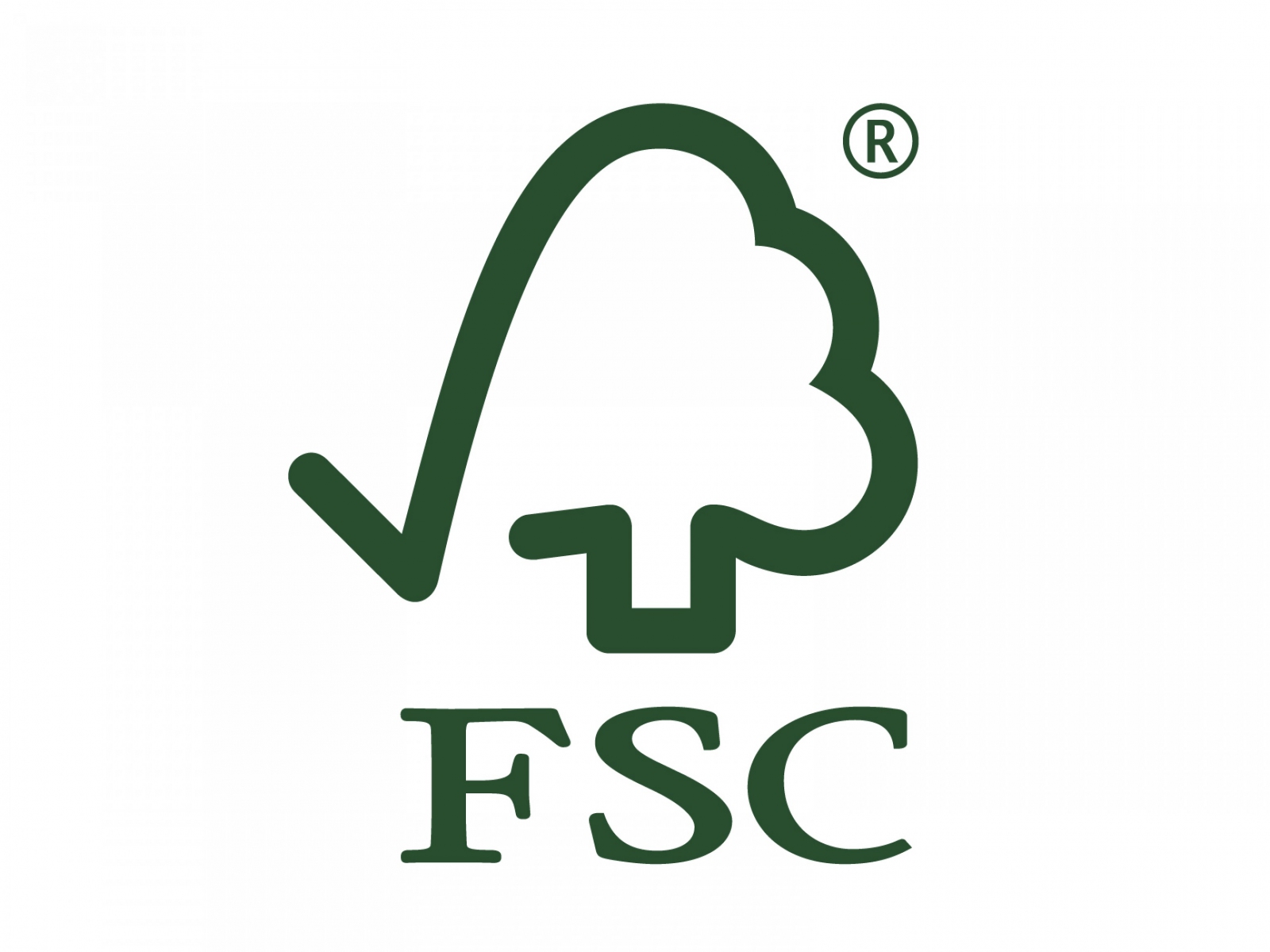Clothing
Key Procurement Guidelines and Considerations
- Reusable clothing items are just as effective and safe as disposable clothing items1,2,4
- Choosing reusable gowns over disposable gowns has been shown to significantly reduce resources3
- Sustainable certifications of medical clothing companies appear to be lacking, but there are extensive resources on general clothing and textiles that can inform purchasing decisions
Disposable clothing (ex. surgical gowns, surgical bouffants or scrub caps, and surgical masks) are utilized frequently in veterinary medicine. Research shows that replacement of these items for reusable alternatives is just as effective, or even more effective, in their purpose of preventing contamination in sterile and medical environments1,2. For example, a study conducted in 2017 concluded that disposable bouffant hats had an increased permeability, particulate contamination, and greater microbial shed when compared with cloth caps1.
Not only are they comparable in terms of efficacy of sterility, but reusable alternatives also save resources over their lifetime. A study conducted in 2020 looked at the entire lifecycle of reusable and disposable gowns3. Products were evaluated as far back as extraction of fossil fuels to end-of-life disposal, as well as laundry and wastewater treatment. The results of this study showed that the use of reusable gowns over disposable gowns led to significant reductions in resources:
- 64% reduction in natural resource energy consumption
- 66% reduction in greenhouse gas emissions
- 83% reduction in blue water consumption
- 84% reduction in solid waste generation
Purchasing reusable items for your practice may be a sustainable and safe option for clothing items that are used frequently. Of course, there are other important considerations when it comes to procuring reusable clothing items. For example, proper care must be taken when cleaning and sterilizing these items, and those processes also have impacts on energy and water use.
The substantial environmental impact of textiles, particularly ‘fast-fashion’5, is a topic of great concern. Resources to guide purchasing decisions around personal clothing are also applicable to items worn in veterinary clinics. Scrubs are essential in any practice, and with so many to choose from it is important to consider sustainable options. Sustainability certifications of medical clothing companies appear to be lacking, but sustainable materials are increasingly utilized in the industry. For example fibers like RepreveTM are made from recycled materials such as plastic bottles. This may be an area in which scrub companies can look to improve.
Be sure to discuss clothing options with the entire clinic team to ensure procurement decisions are a good fit for the practice and the planet.
Buyer Beware
In this procurement category, like others, greenwashing must always be a consideration. Click here for more information on greenwashing. The tips outlined in this guide will help you avoid falling prey to greenwashing tactics.
References:
- Markel, T., et al. Hats Off: A Study of Different Operating Room Headgear Assessed by Environmental Quality Indicators. J Am Coll Surg. DOI: 10.1016/j.jamcollsurg.2017.08.014 (2017)
- McQuerry, M., Easter E., Cao, Alex. Disposable versus reusable medical gowns: A performance comparison. Am J Infect Control, doi: 10.1016/j.ajic.2020.10.013 (2021)
- Vozzola, E., Overcash, M., Griffing E. An Environmental Analysis of Reusable and Disposable Surgical Gowns. AORN. Doi: 10.1002/aorn.12885 (2020)
- Ali, Z., Qadeer, A., Akhtar, A. To determine the effect of wearing shoe covers by medical staff and visitors on infection rates, mortality and length of stay in Intensive Care Unit. Pak J Med Sci. PMID: 24772125. (2014)
- Niinimäki, K., Peters, G., Dahlbo, H. et al. The environmental price of fast fashion. Nat Rev Earth Environ 1, 189–200 https://doi.org/10.1038/s43017-020-0039-9 (2020).

